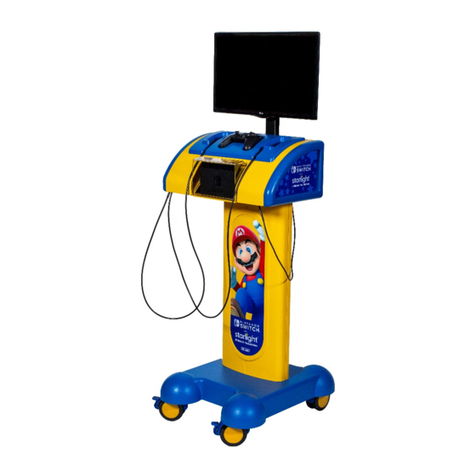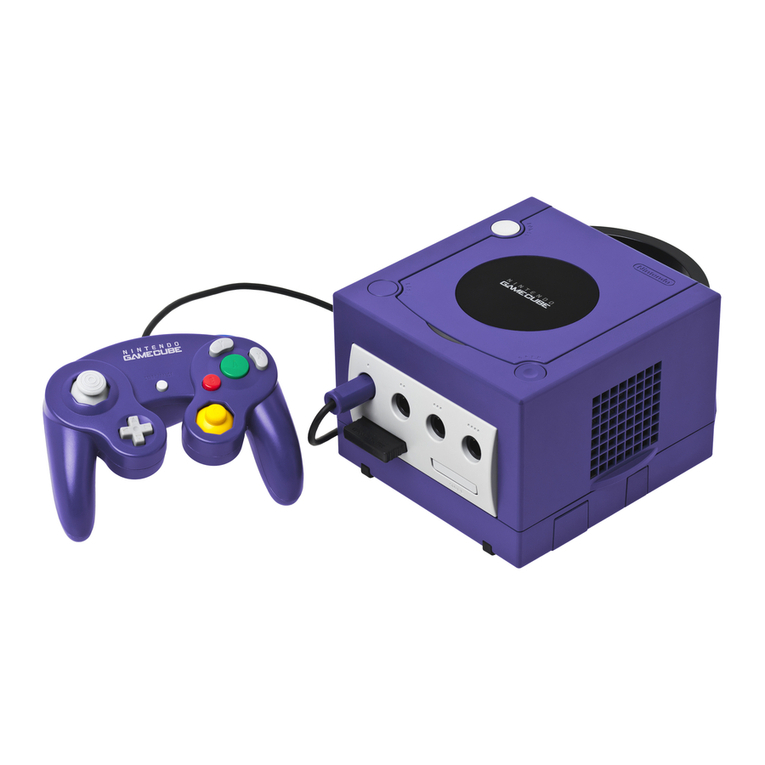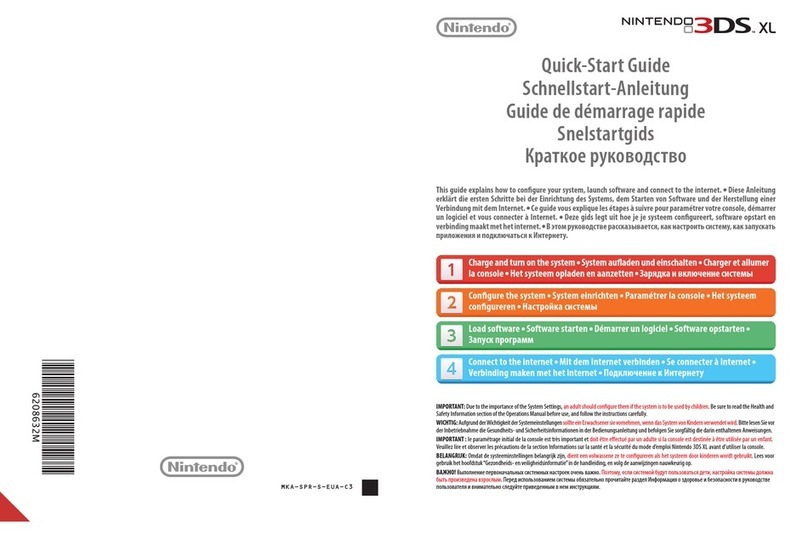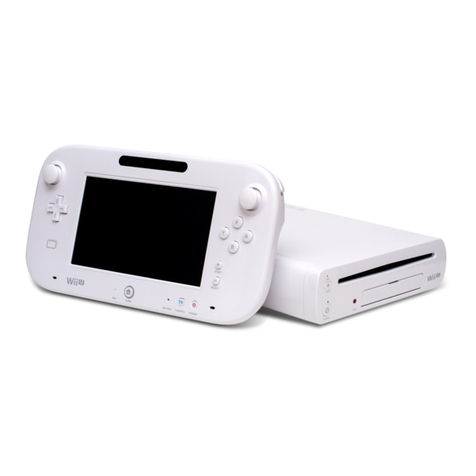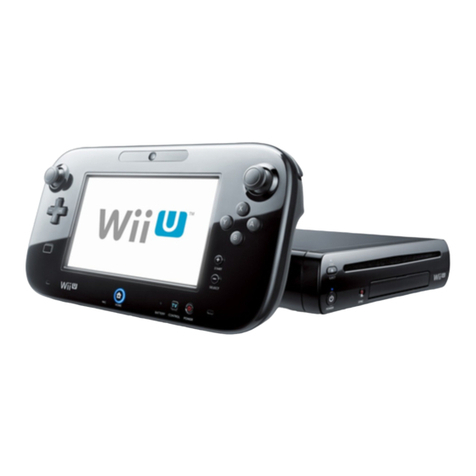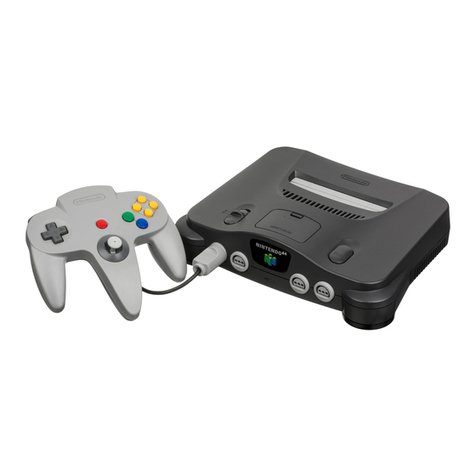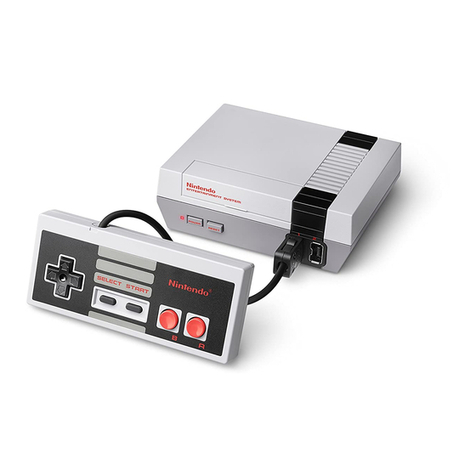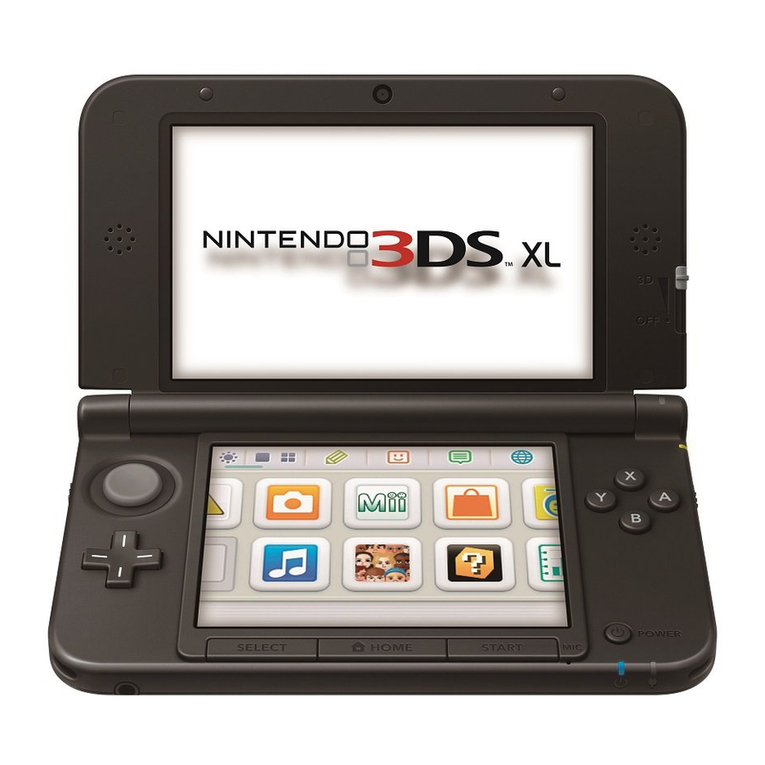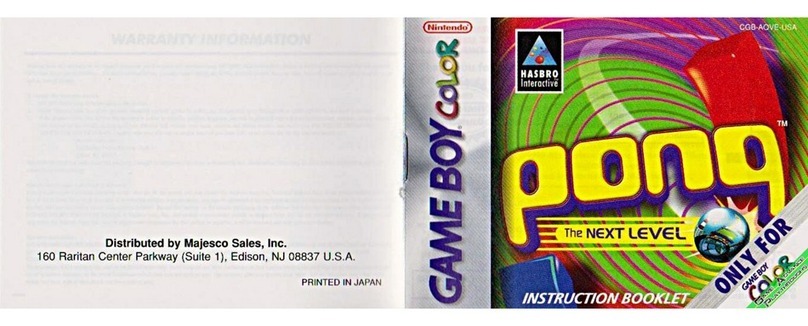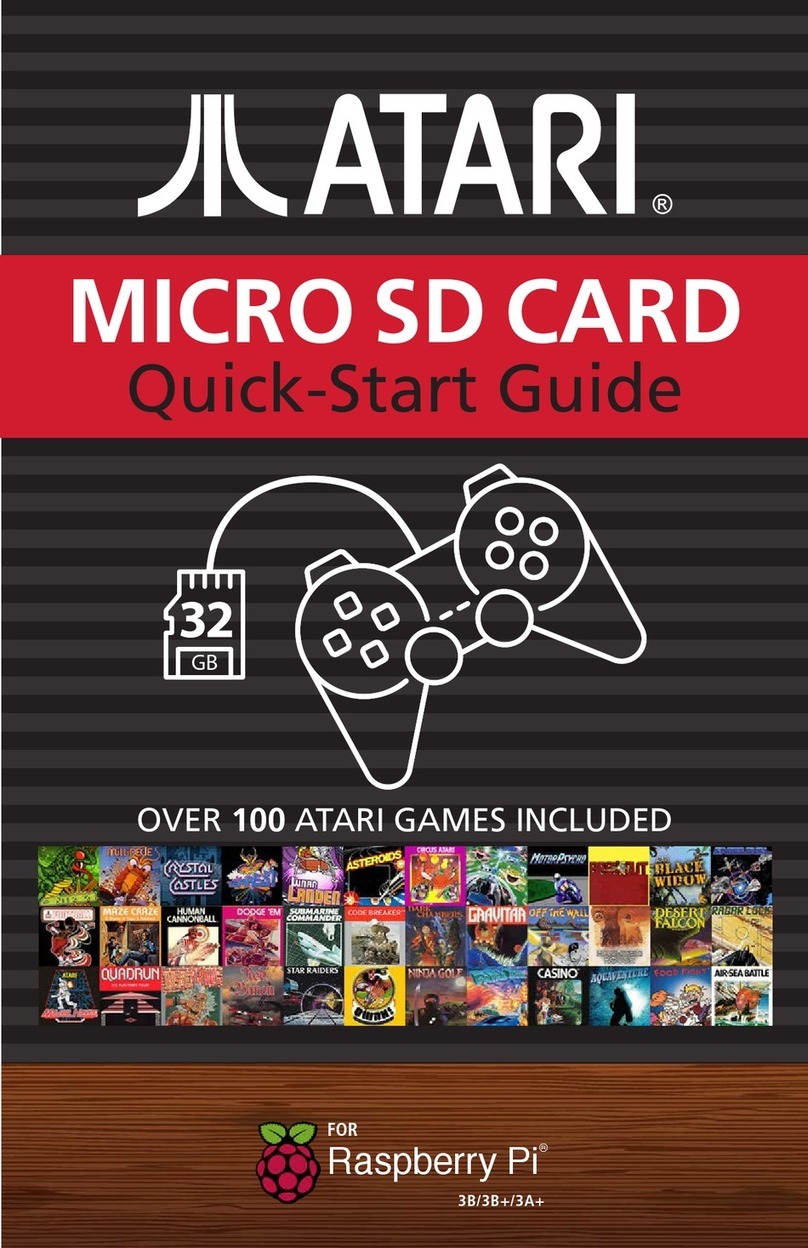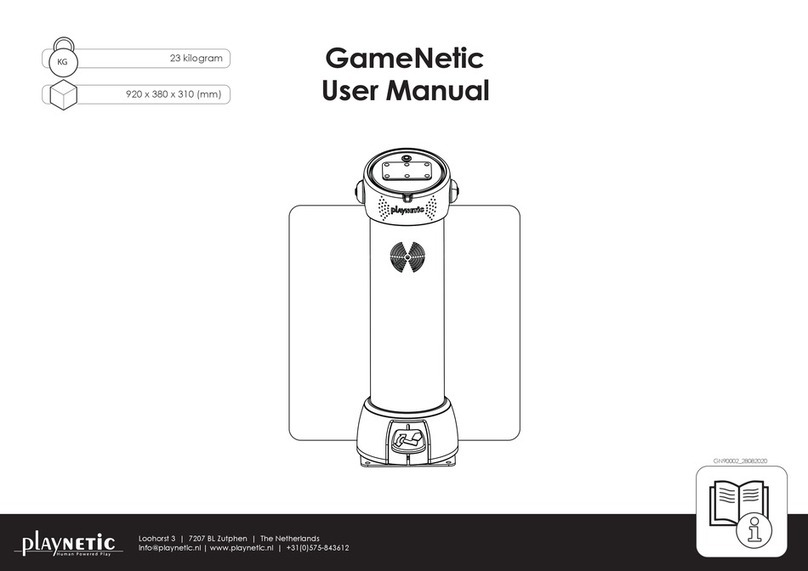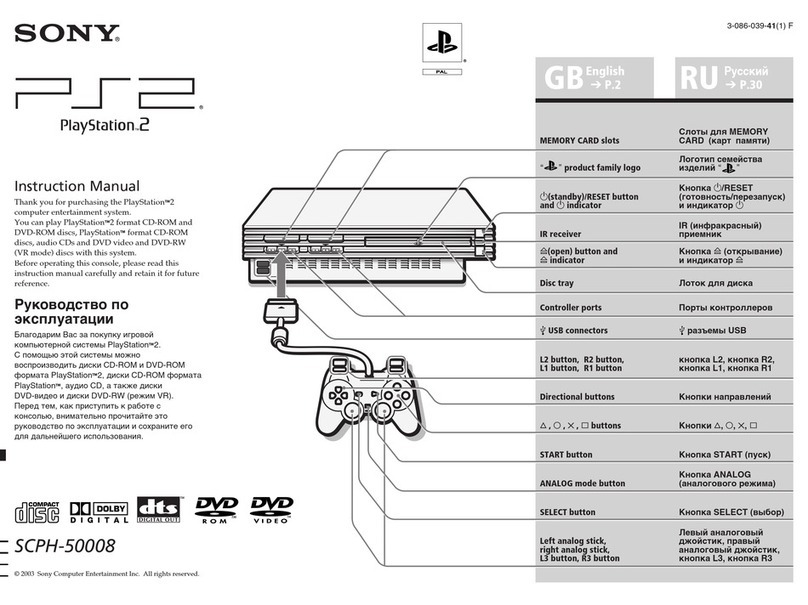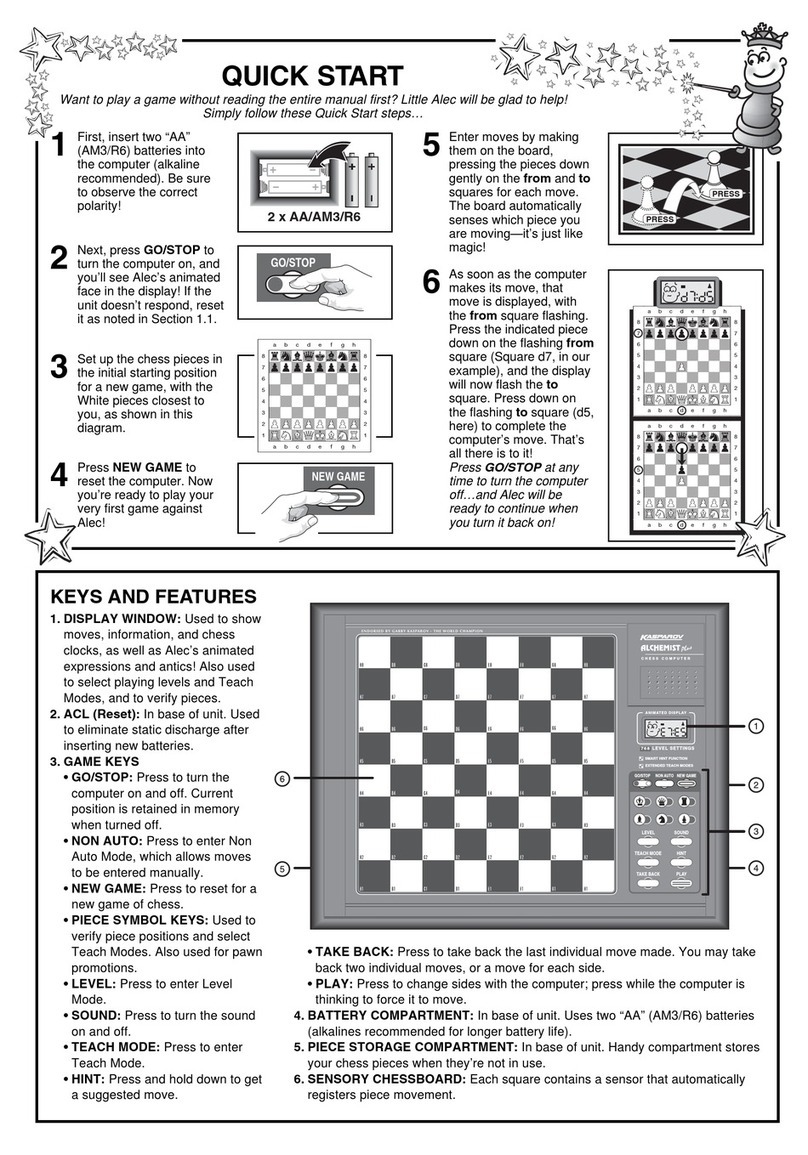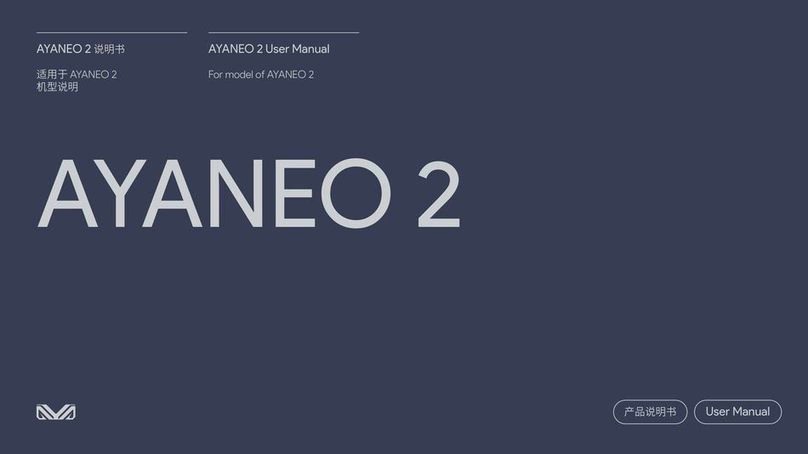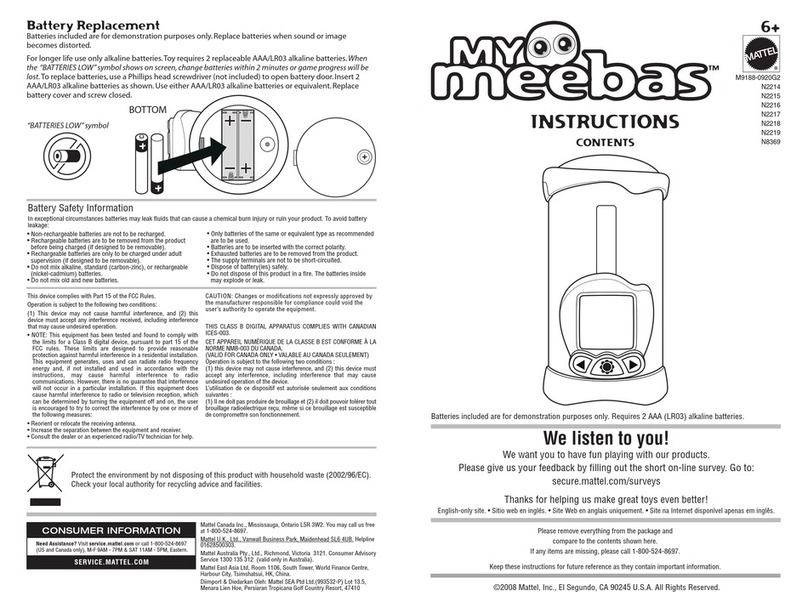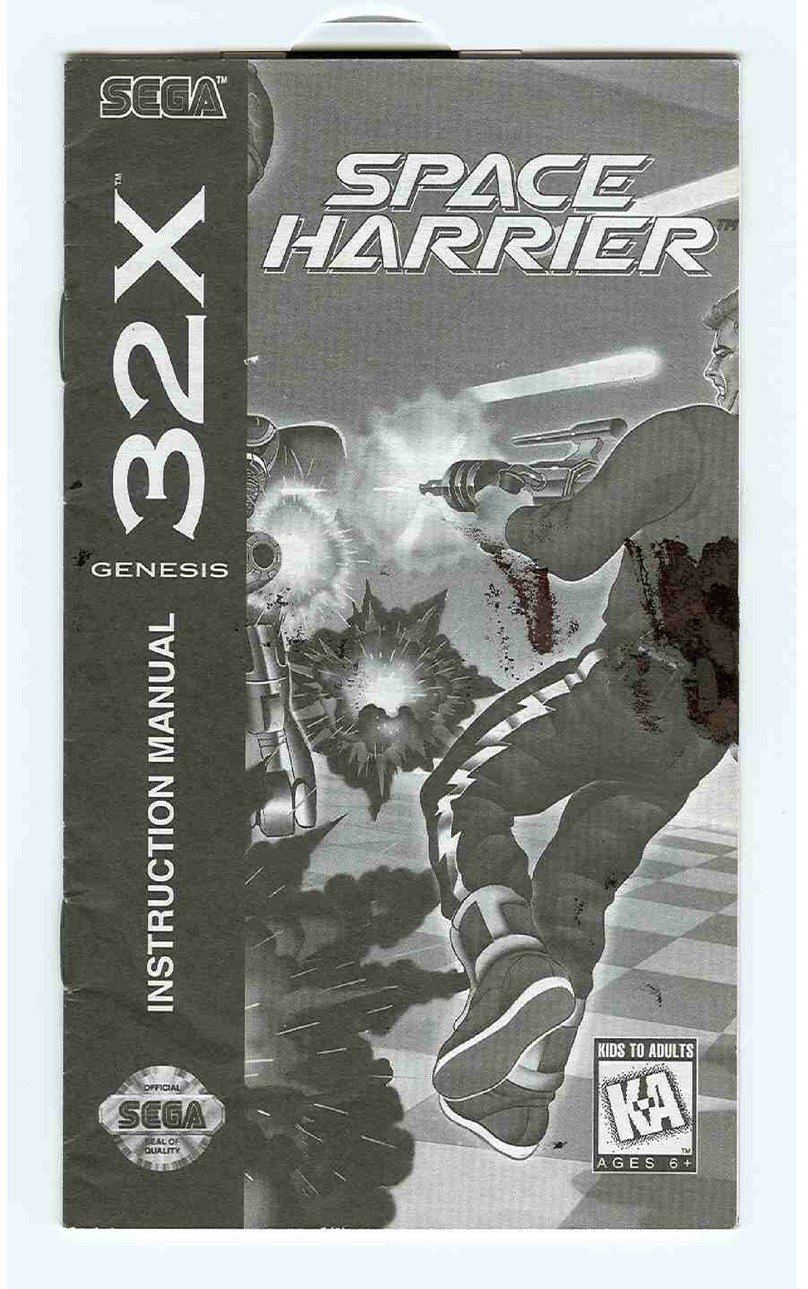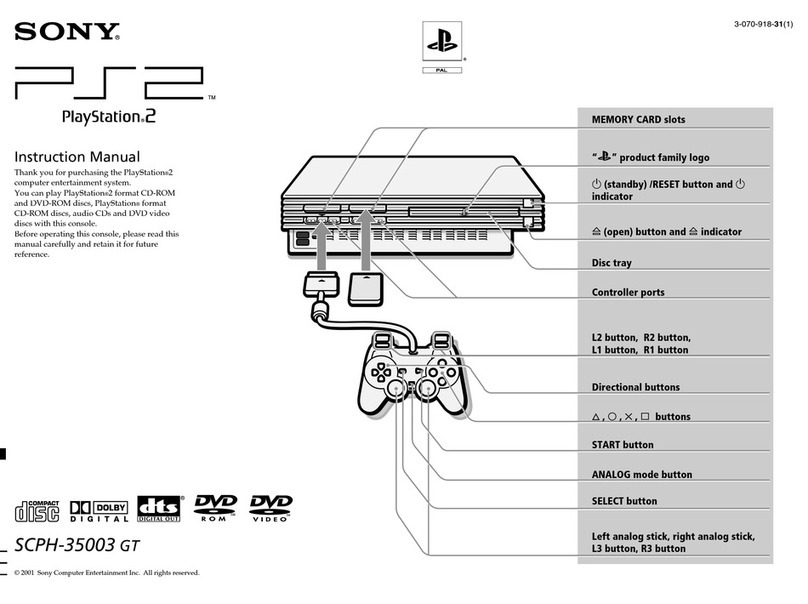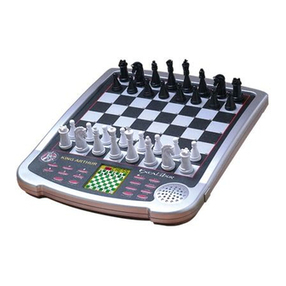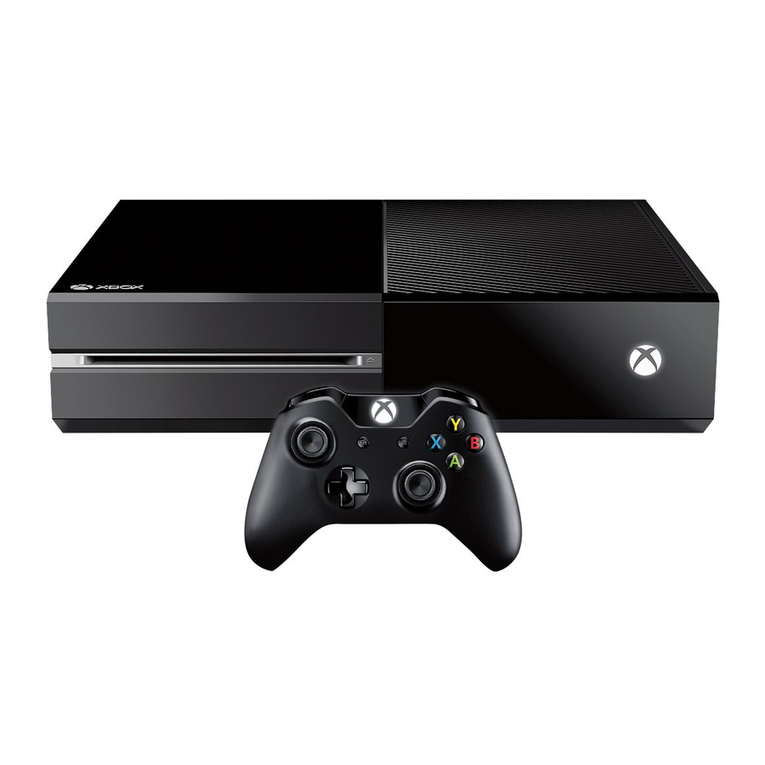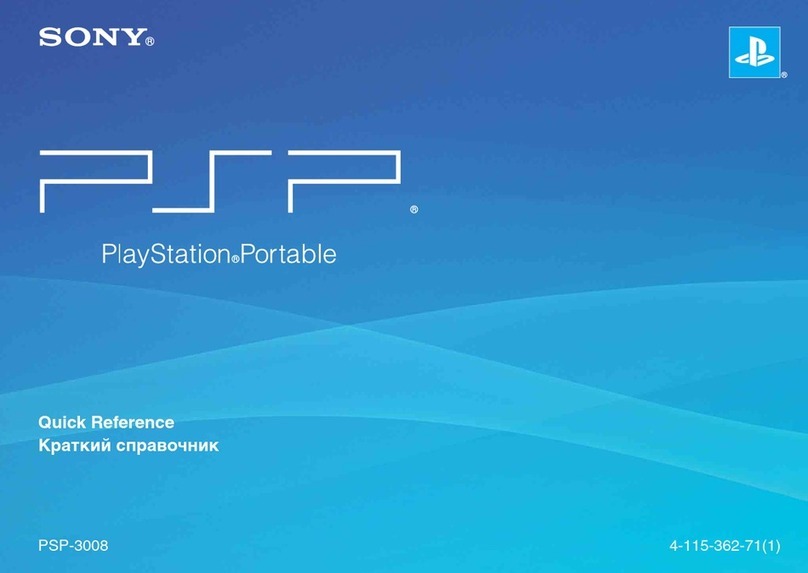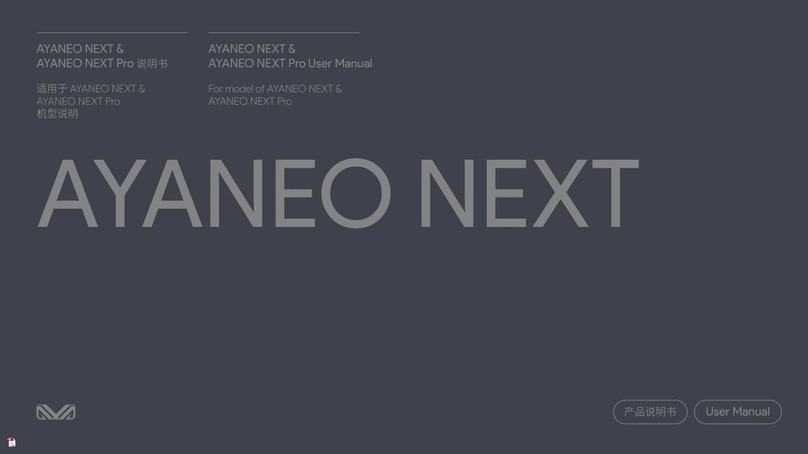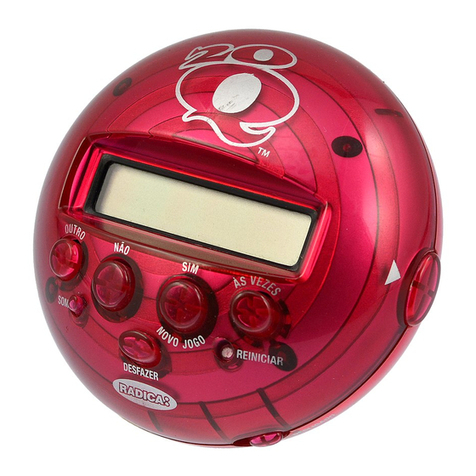
7
This only applies to games which were originally made for the NES itself. Many developers
have produced games since which have been released freely on the Internet. Downloading
these is acceptable. As for original NES games, using them will remain illegal until either the
developers grant permission for their use or the copyright expires, which is 75 years after
they were made.
Nintendo are very much against emulation. The company acted against the developers of
UltraHLE [24], an emulator for their Nintendo 64 console, which they claimed violated
copyright. Nintendo’s objection was understandable as the console was still in use when
UltraHLE was released. The presence of Nintendo 64 emulators represented a threat to
Nintendo’s income however, many believe that the law should make an exception for
systems which are no longer in production and from which Nintendo no longer make any
money. Despite emulation’s ability to keep old games alive Nintendo refuse to release the
copyright on old games so their use remains illegal.
For more information on the legal issues of emulation, the reader is directed to Nintendo’s
own FAQ on the subject [25]. This is highly biased and ignores the legal uses of emulation.
For a detailed response and clarification on this, the reader should look at [26].
1.5 NES Hardware Overview
Hiroshi Yamauchi’s instructions to
design a console which would be
cheaper than the competition resulted in
Nintendo deciding to use an outdated
Central Processing Unit (CPU).
Although a 16-bit processor would have
coped with ease, to keep the price low
they decided to use a variant of the 8-bit
6502 processor, developed by MOS
technology in 1975. The chip would be
sufficient to run the programs but would
be unable to generate the graphics
required so the company decided to use
a second chip as a dedicated Picture
Processing Unit (PPU), responsible for
calculating and displaying the graphics.
Figure 1-4 shows the top of the
motherboard with the CPU and PPU
indicated.
Nintendo designed the basic features required from the chips but found it difficult to find a
company willing to produce such highly customised chips for the low price they were looking
for. Ricoh agreed to manufacture the chips after Nintendo guaranteed them a three-million
chip order. By the end of 1986 Nintendo was Ricoh’s largest customer, accounting for
between 60 and 70 percent of the company’s semiconductor sales [10]. The functionality of
the CPU is discussed in Part 2, that of the PPU is discussed in Part 3.
Both chips feature their own internal memory, in the form of RAM. Games were usually
stored on ROM chips within the game cartridges, which could be accessed by the CPU when
the cartridges where inserted into the system. The hardware used for games is discussed in
Part 4.
The NES used memory mapped I/O to allow the processor to communicate with the other
components, the PPU and the input devices. Memory mapped I/O is a technique where data
PPU CPU
Figure 1-4. The NES motherboard [27].

